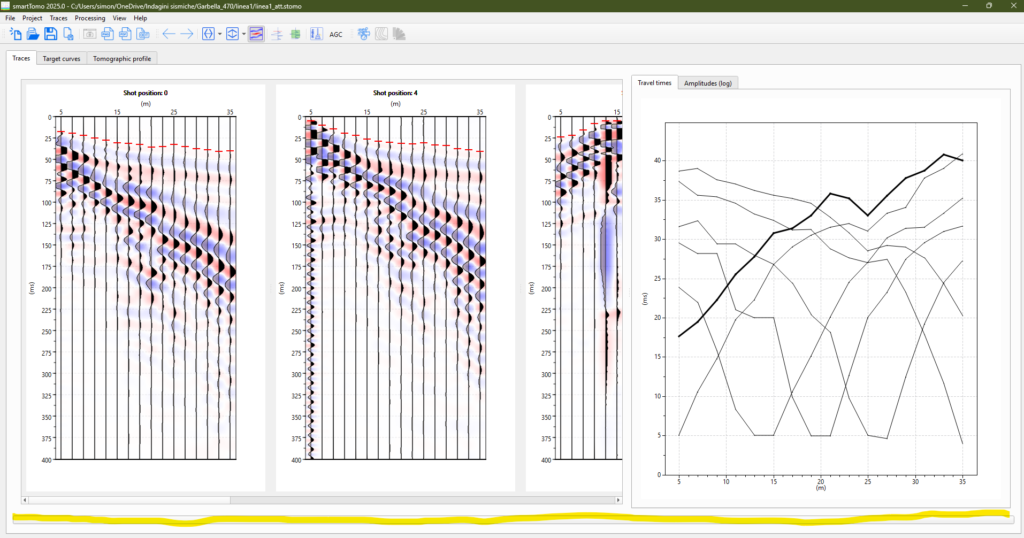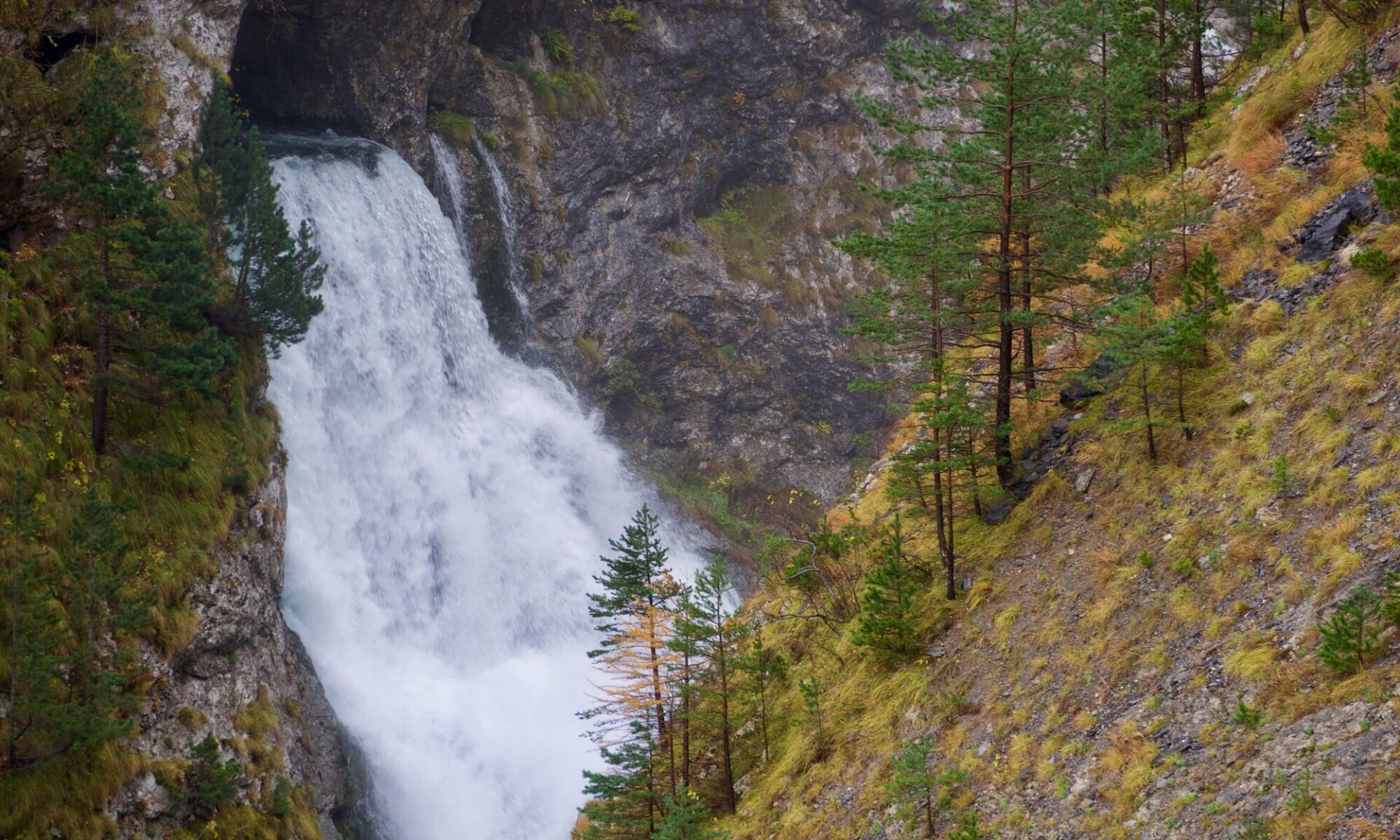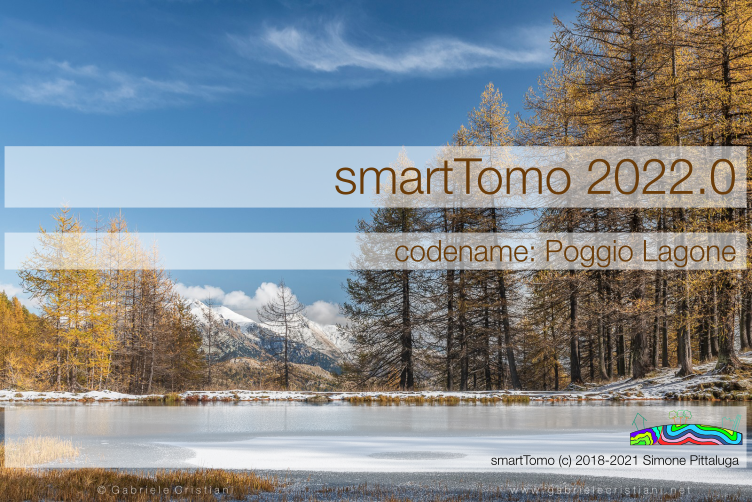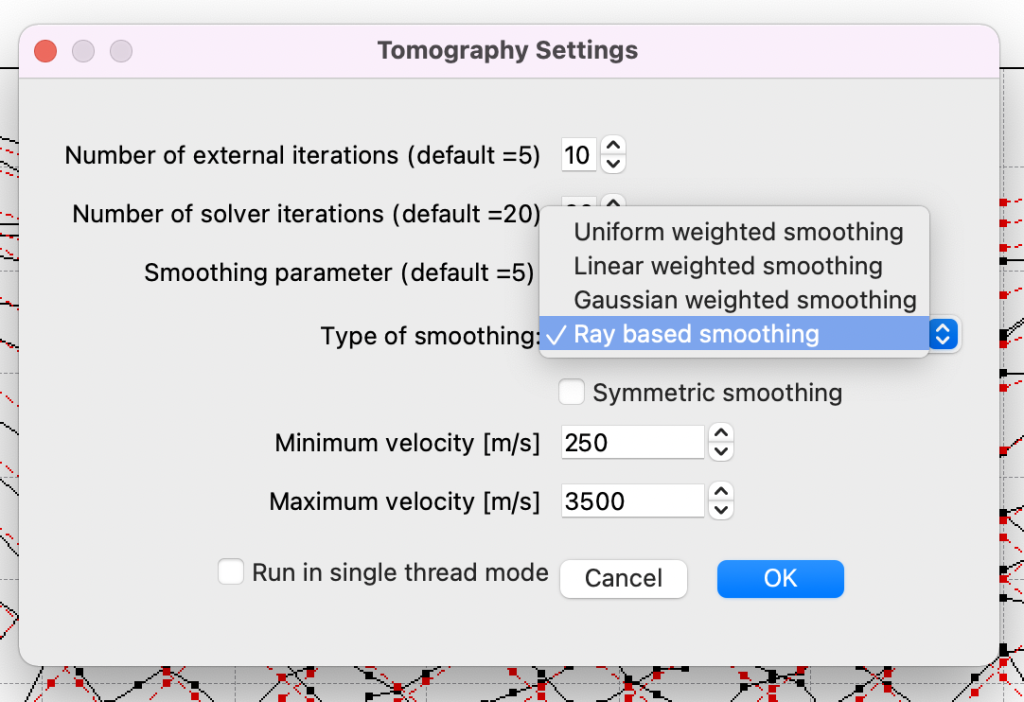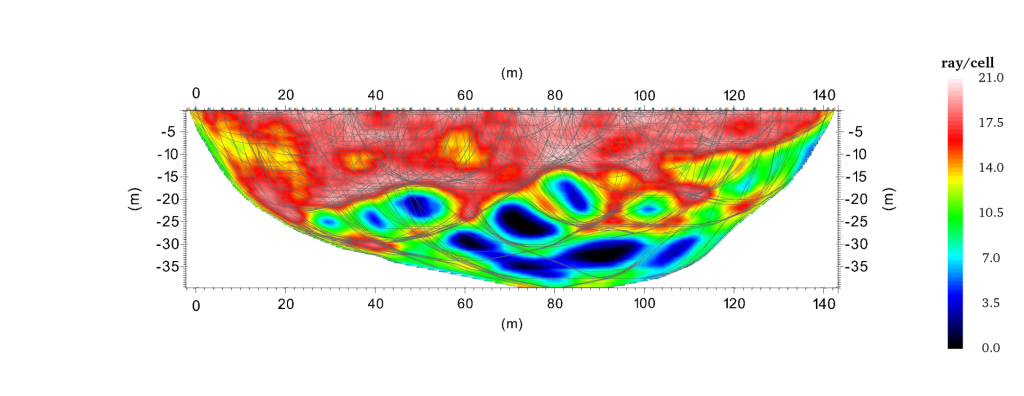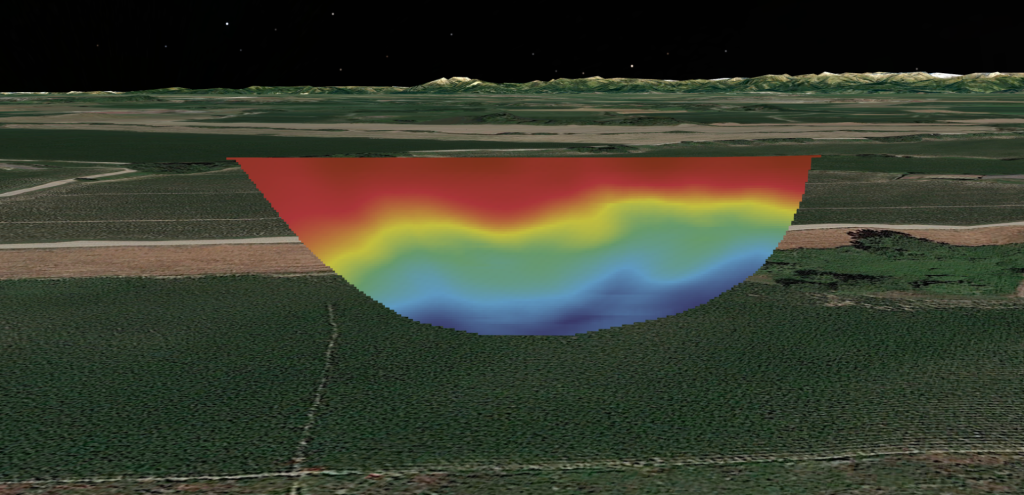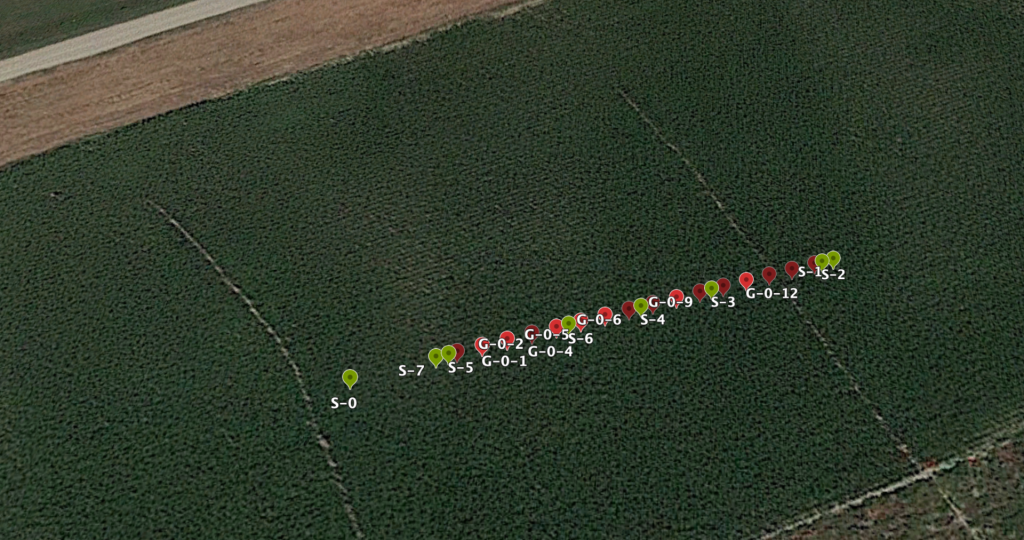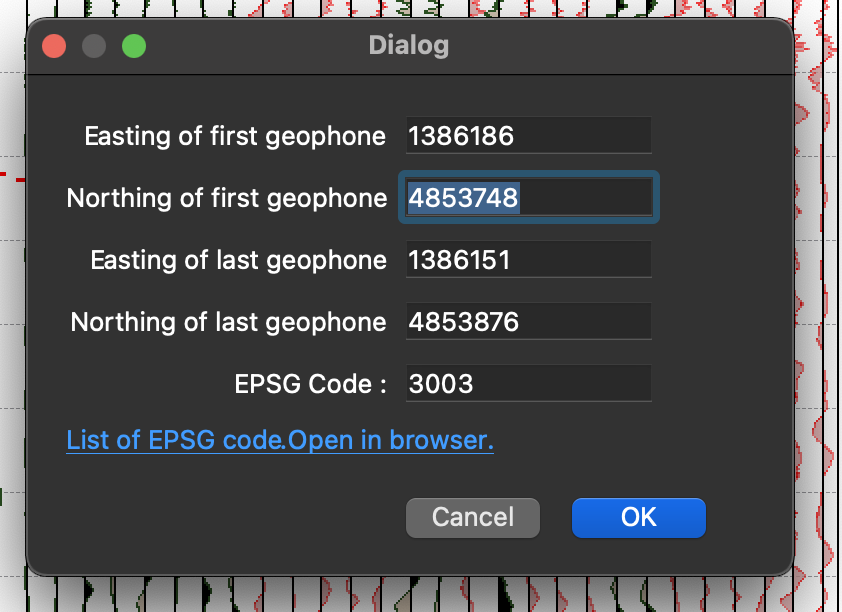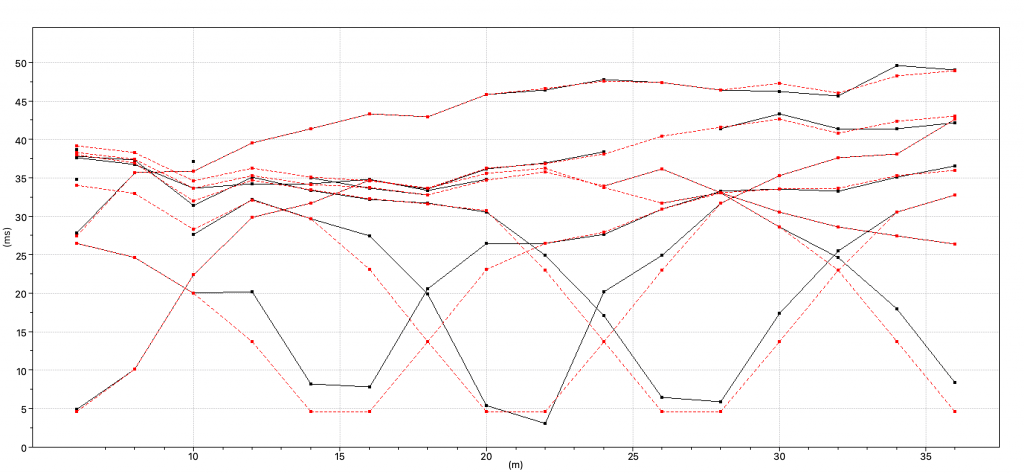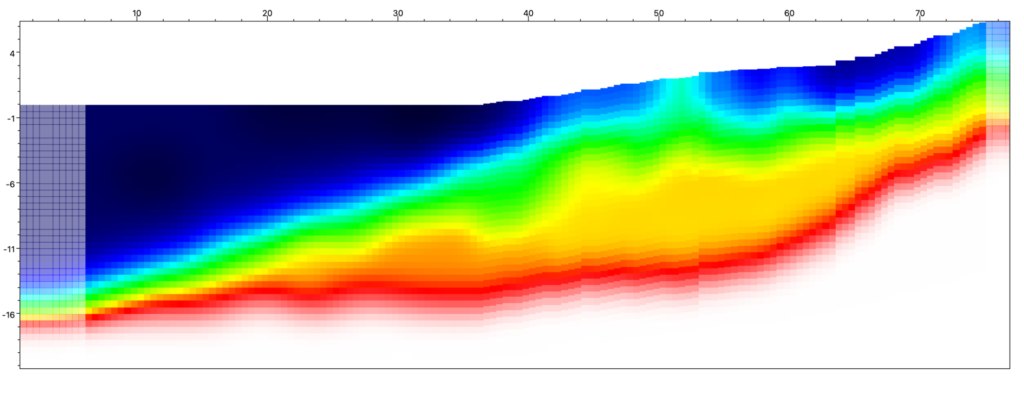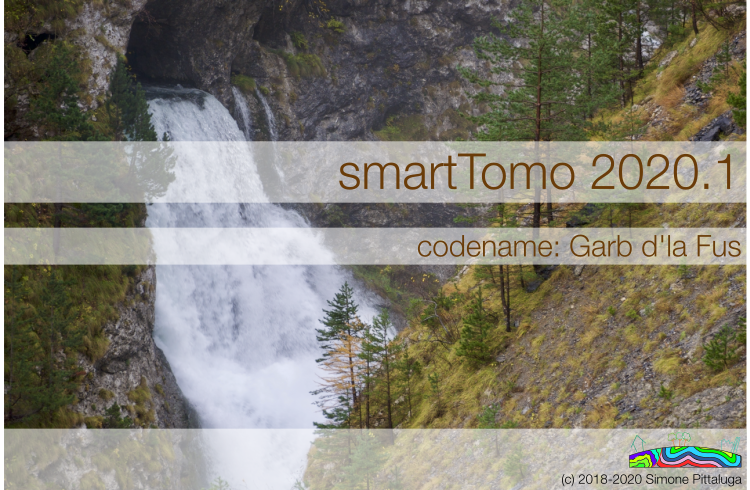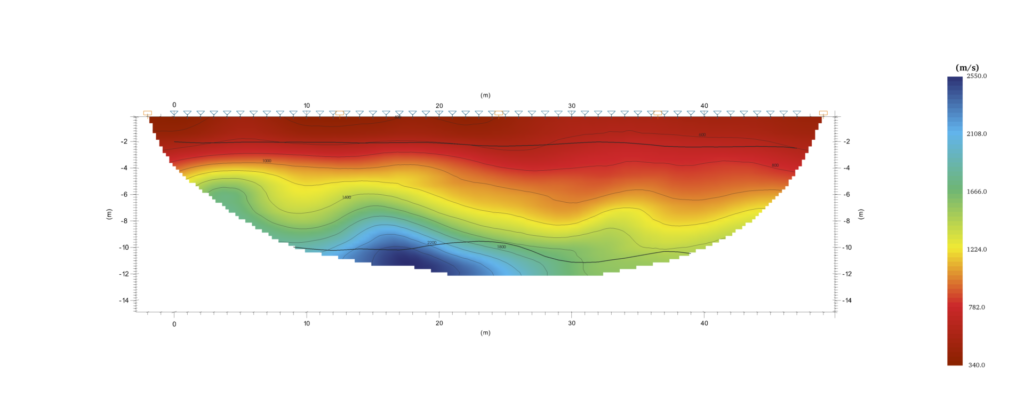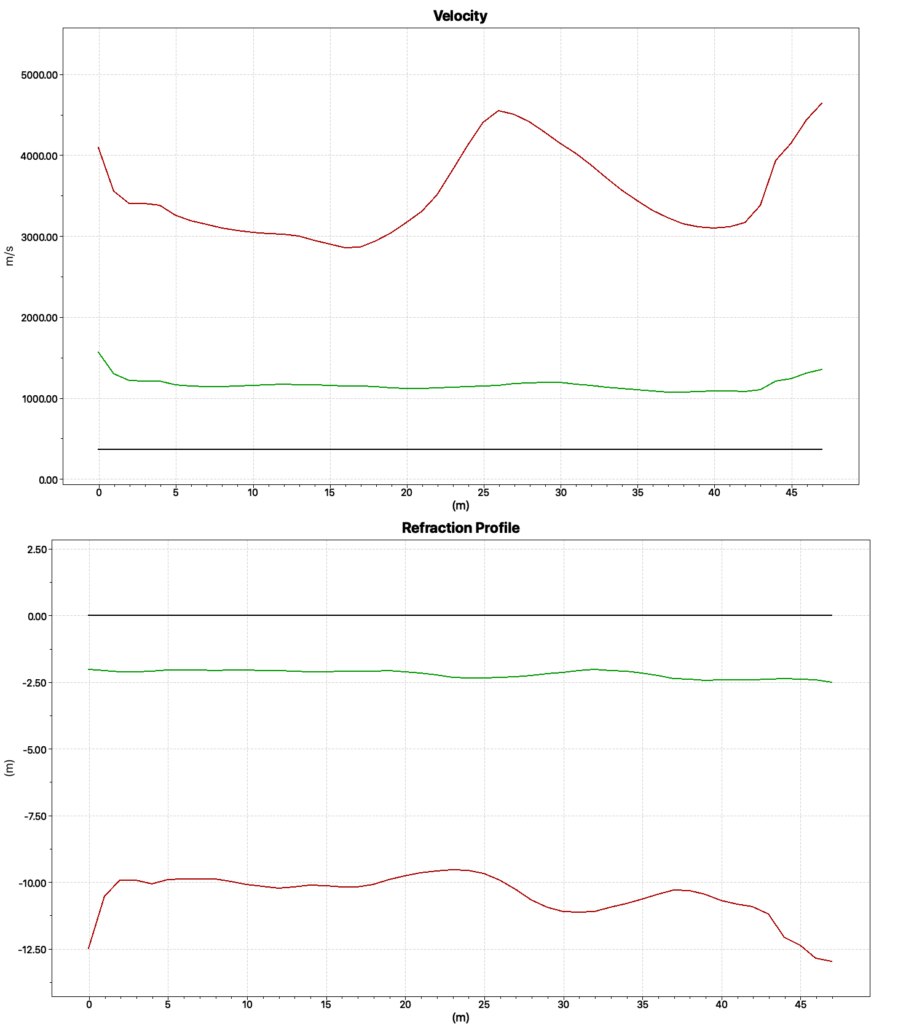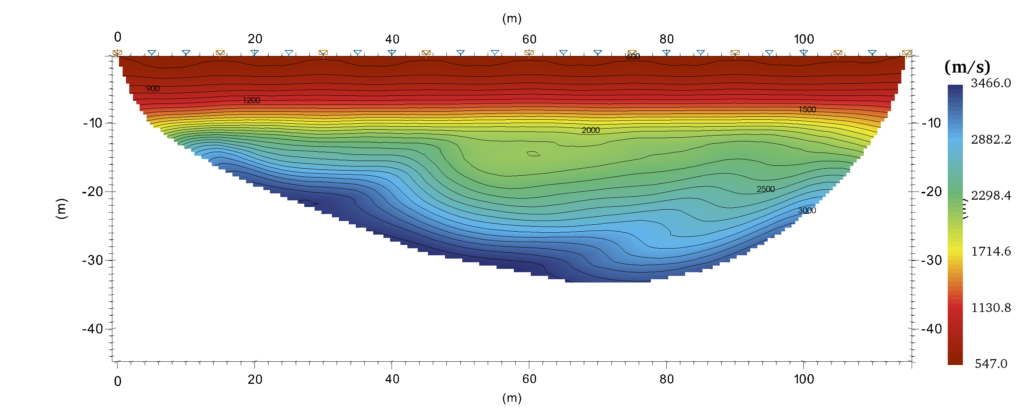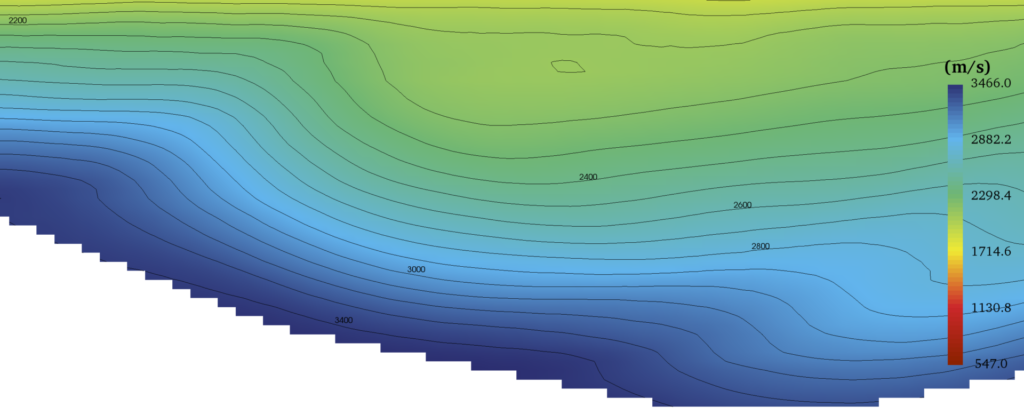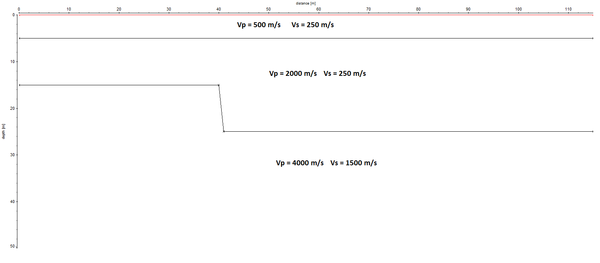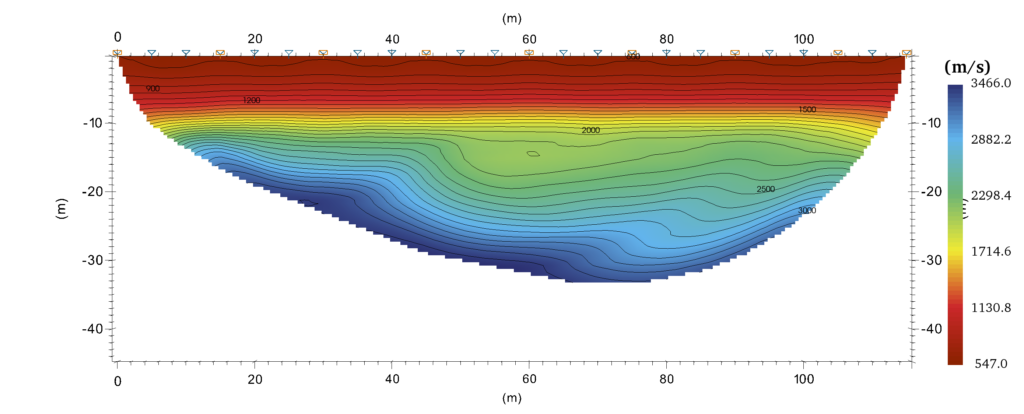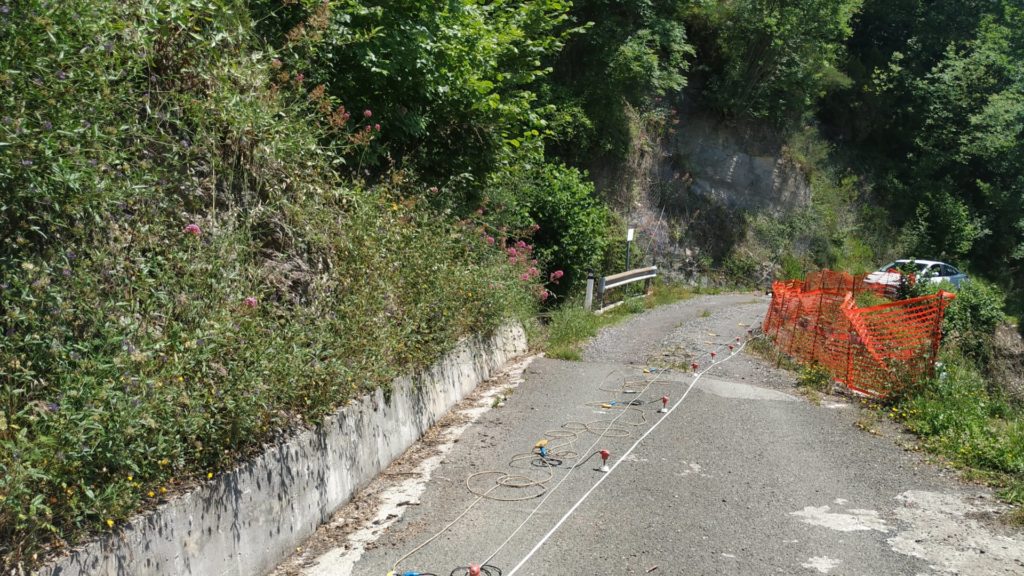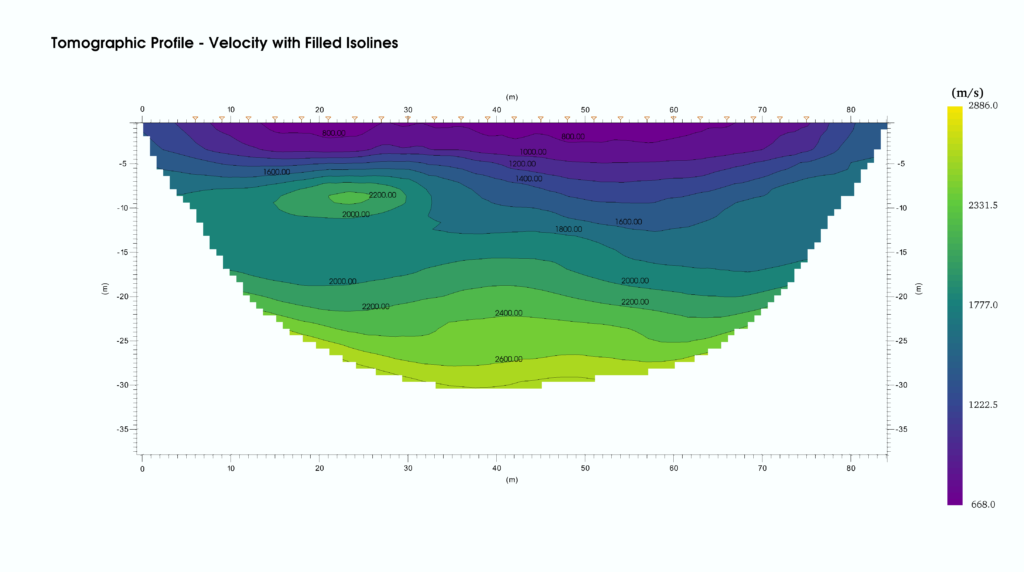We are pleased to announce the release of SmartTomo 2025.0 ‘Punta Marguareis’! This new version represents a major step forward in the development of seismic refraction tomography, introducing seismic attenuation tomography.
Attenuation and Q-Factor tomography
The latest version introduces a significant step forward in seismic refraction tomography processing by including seismic attenuation tomography.
This new processing enables seismic attenuation and Q-Factor tomography by analysing how the energy of the refracted signal attenuates along the profile. The signal intensity is sampled within a defined window around the first arrival, which can be selected manually track by track.
This type of analysis is complementary to traditional seismic wave velocity tomography and provides additional information on subsurface properties. However, for the results to be reliable, it is essential to avoid the introduction of artificial and variable attenuation factors, such as unevenly installed geophones (some set in the ground, others placed on rigid surfaces such as asphalt) or different gains between acquisition channels.
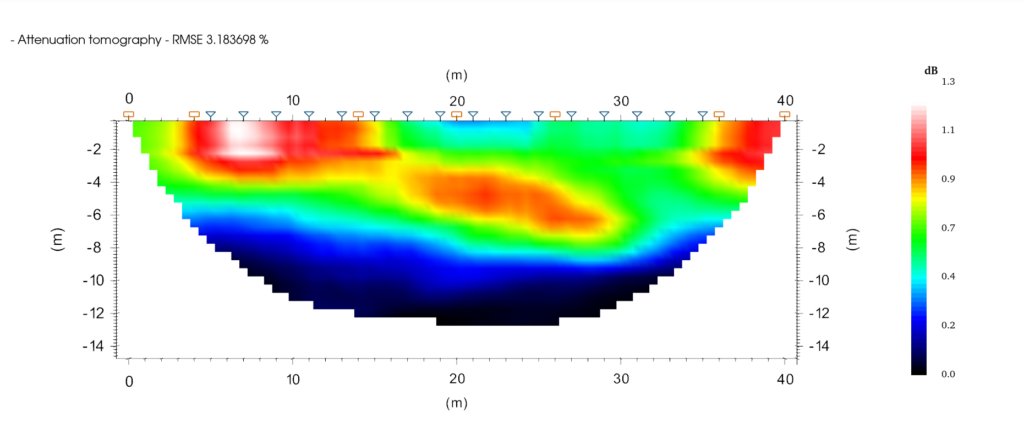
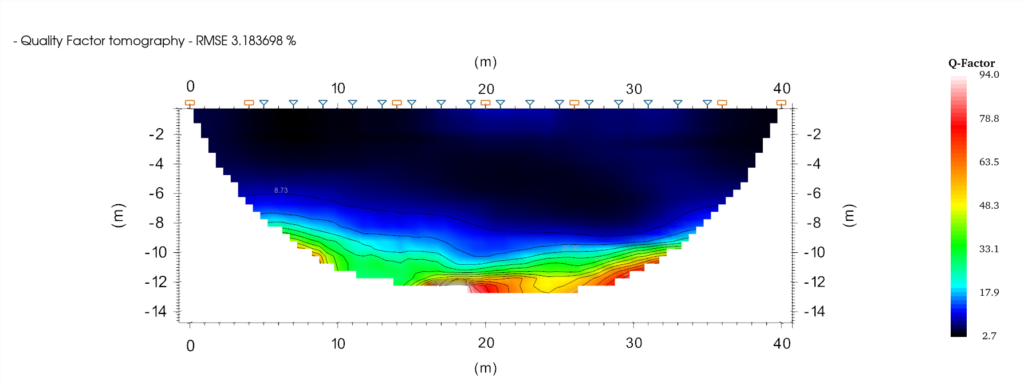
New visualisation of seismic traces
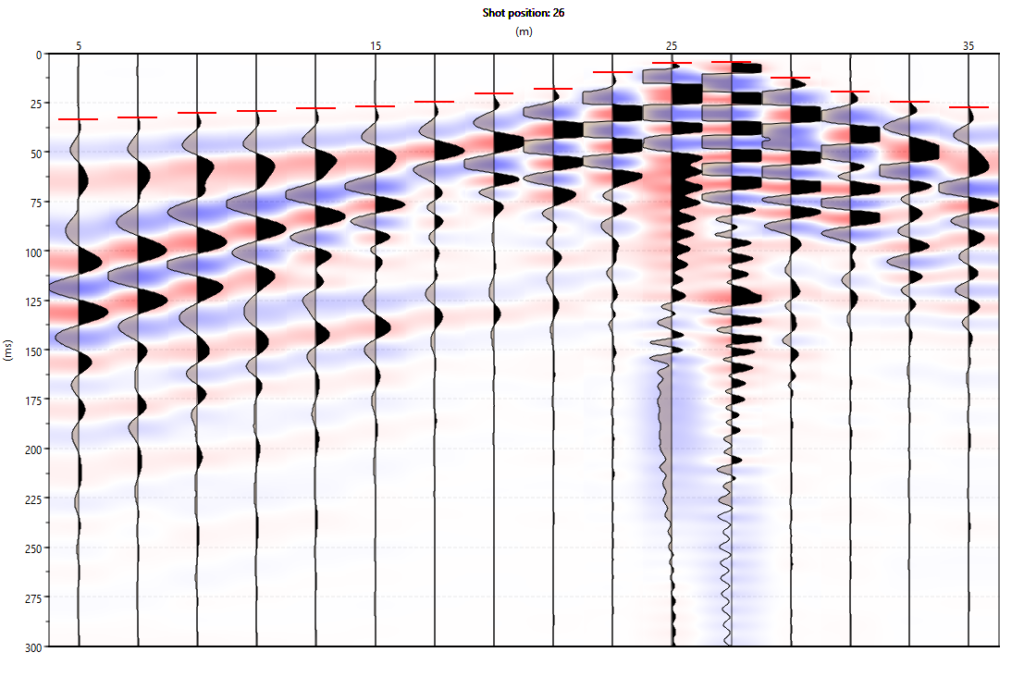
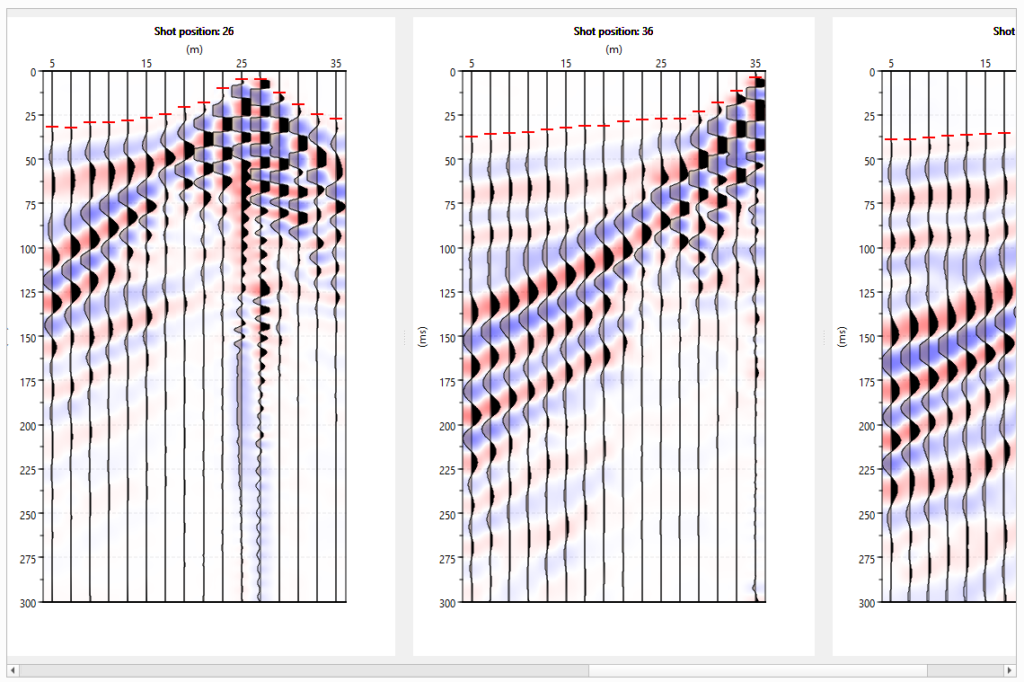
Seismic traces can now be displayed together with the signal intensity map to better highlight waveforms.
Editing dei tempi di arrivo
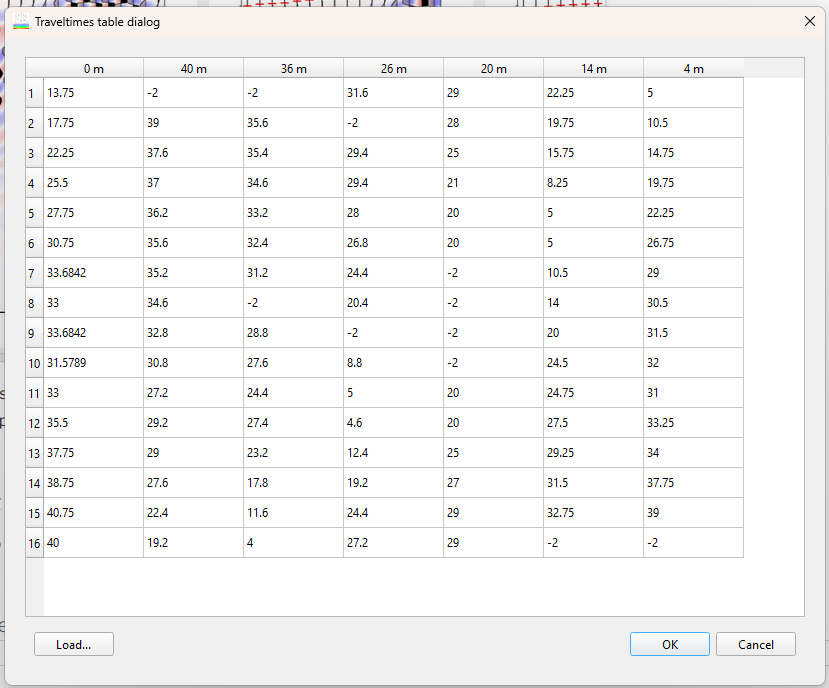
From this version, it is possible to display, copy and paste first-arrival times into a table showing measured values expressed in milliseconds. This function then allows the first arrival times to be edited manually for more accurate identification.
Smoothing parameter
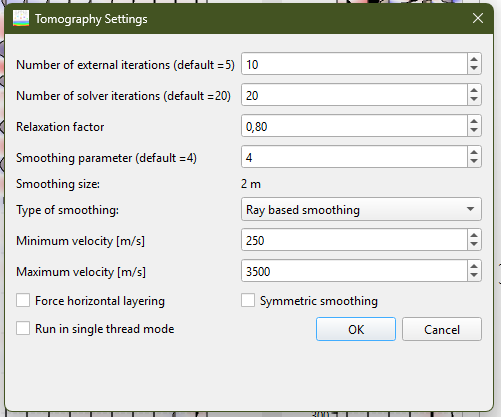
The smoothing parameter, previously expressed in number of cells, is now converted to its equivalent in metres. This update provides a more intuitive and immediate indication of the effect of smoothing on the profile, making it easier to adjust the parameter according to the size of the area under investigation and improving the interpretation of results.
Dark/light themes
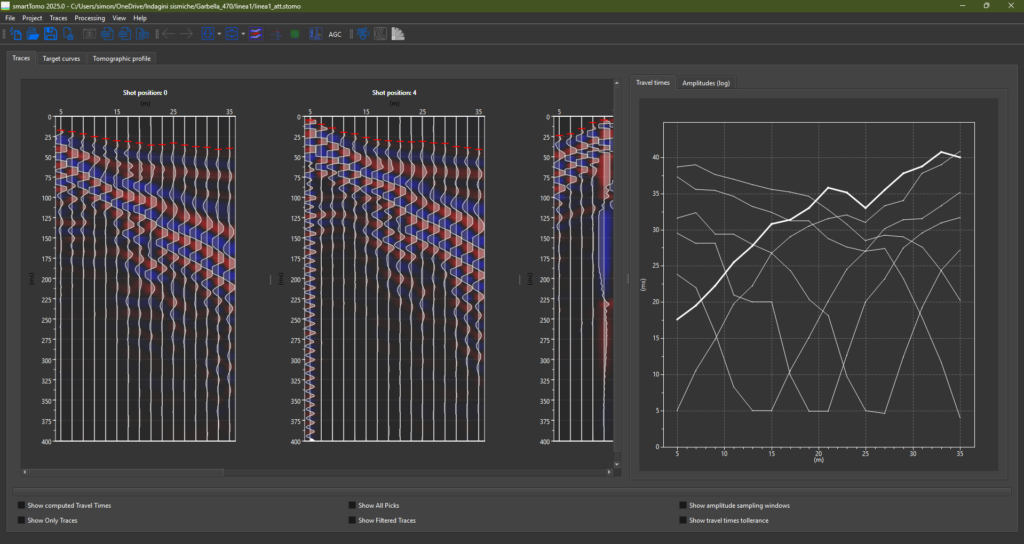
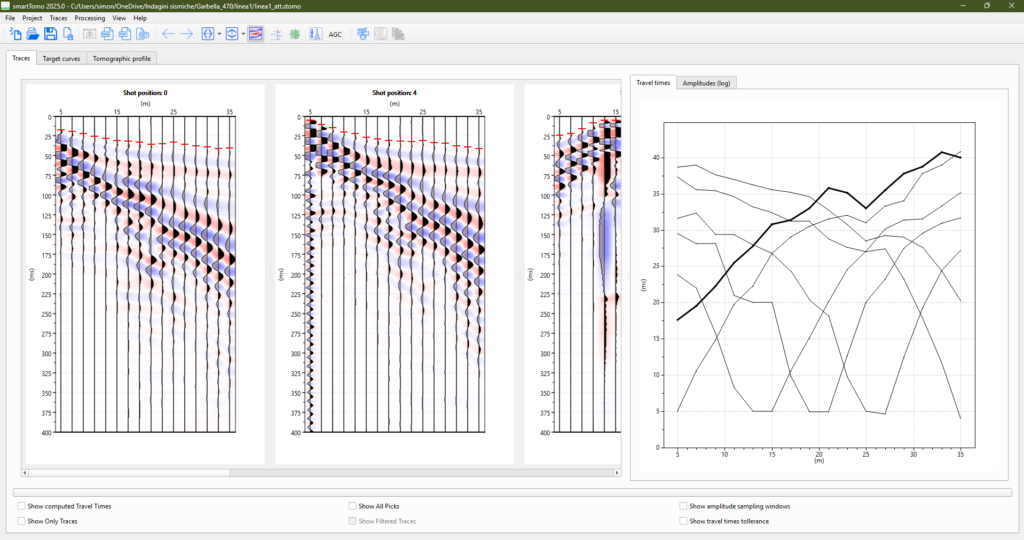
Now smartTomo can be run in light or dark mode or be automatically set to match the style of the desktop.
Undo last processing
This version introduce the undoing of the last tomography processing allowing user goes back to the previous tomographic model.
Hide/show the bottom tool widget
